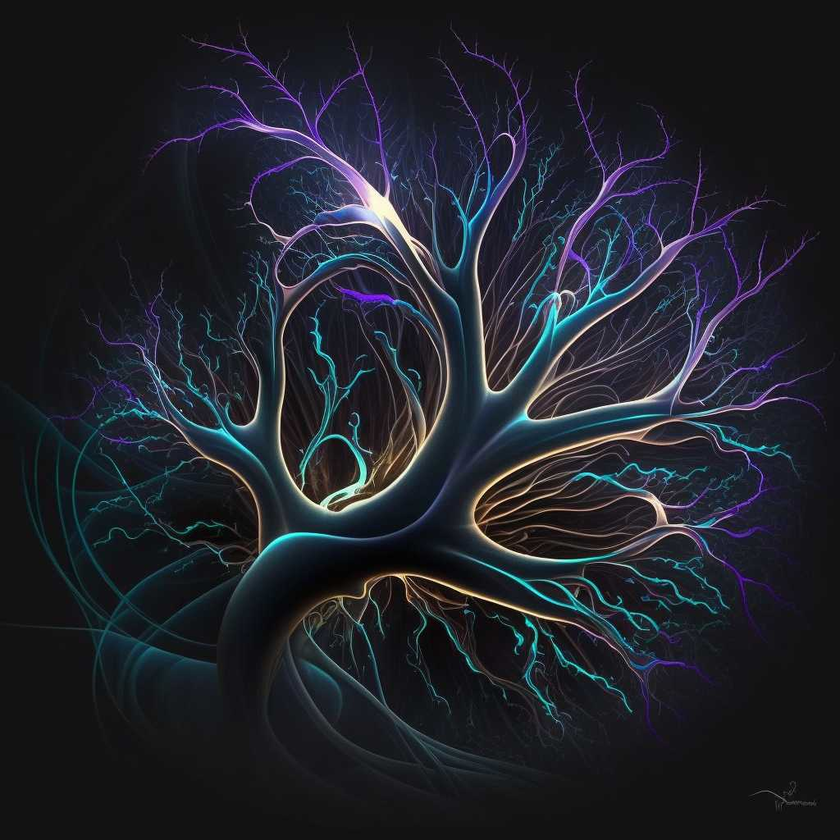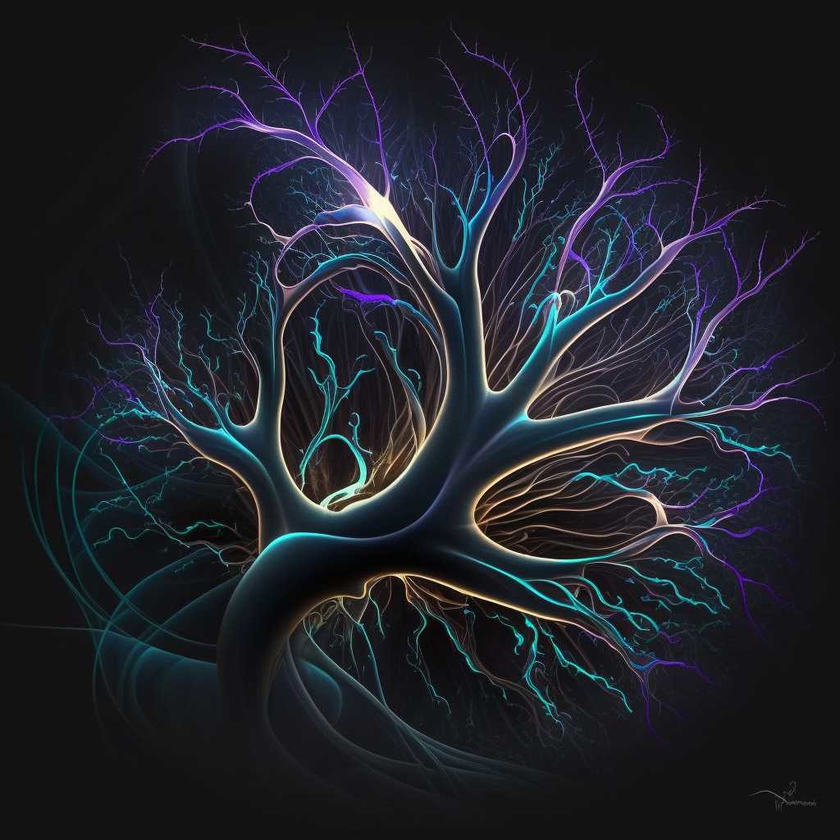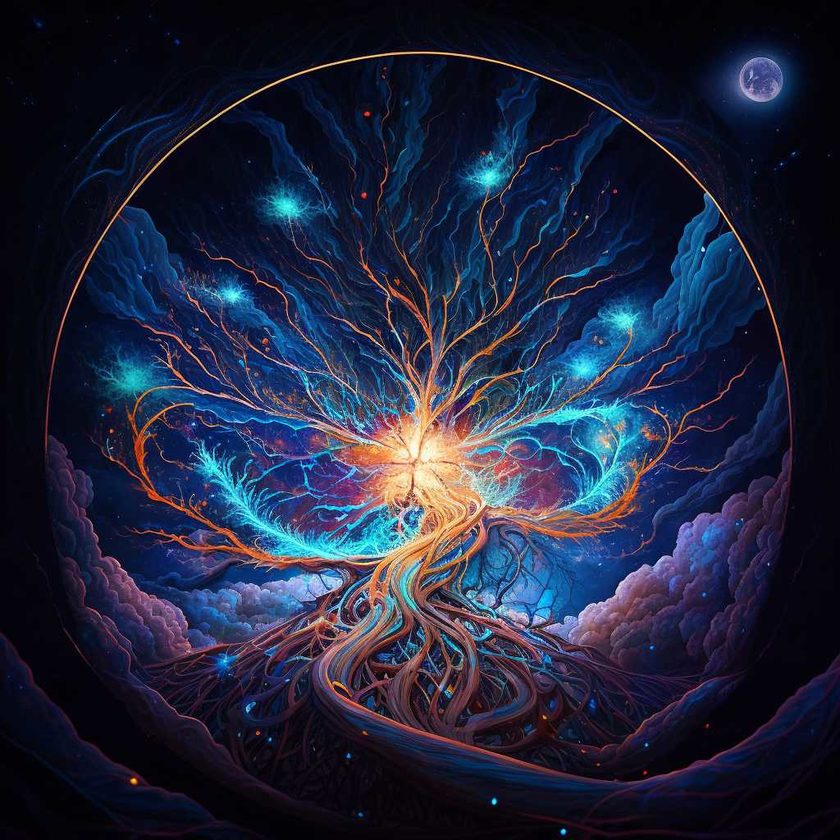Abstract:
The Heisenberg Uncertainty Principle is a cornerstone of quantum mechanics, establishing an inherent limit to the precision with which the position and momentum of a particle can be concurrently known. The Expanding Vibrational Web Theory proposes a unifying framework that integrates the fundamentals of quantum mechanics within an interconnected network of vibrational probability waves. This article seeks to reinterpret the Heisenberg Uncertainty Principle under the premise of the Expanding Vibrational Web Theory, presenting a novel perspective on the principle's origins and implications in the quantum realm.
Introduction:
Quantum mechanics, the study of molecular and subatomic phenomena, is governed by a set of principles that deviate from classical mechanics. Among these principles, the Heisenberg Uncertainty Principle (HUP) states that the position and momentum of a particle cannot be precisely measured simultaneously. The product of the uncertainties in position and momentum is always greater than or equal to the reduced Planck constant divided by two, and despite being a limitation, it has profound implications for our understanding of quantum systems.
The Expanding Vibrational Web Theory envisions the universe as an interconnected network of vibrational probability waves. These oscillatory waves are believed to underlie the observed behavior of particles, energy, and fundamental forces. This paper aims to explore the implications of this theory on the HUP, analyzing how vibrational probability waves may provide a new understanding of its origins and consequences.
The Heisenberg Uncertainty Principle and the Expanding Vibrational Web Theory:
Considering the wave-particle duality, a fundamental feature of quantum mechanics, particles can be represented by a mathematical wave function. The square of the wave function gives the probability density. From this perspective, the Expanding Vibrational Web Theory suggests that uncertainty in position and momentum arises from the intrinsic vibrations within the interconnected probability waves.
1. Origins of uncertainty: In the context of the Expanding Vibrational Web Theory, uncertainty arises from the continuous oscillations in the vibrational probability waves. The interconnected network ensures that these oscillations propagate throughout the web, affecting the probability distributions of particle positions and momenta both locally and non-locally.
2. Correlations and Entanglement: The interconnectedness of the vibrational web implies that vibrations transfer information and correlations across vast distances, potentially helping explain quantum entanglement. Entangled particles may share synchronized vibrational patterns, leading to instantaneously correlated measurements of position and momentum. These correlations further accentuate the non-local nature of quantum uncertainty.
3. Wave function collapse: The Expanding Vibrational Web Theory may shed light upon wave function collapse, which occurs when a definitive measurement is made, collapsing the probability density to a single value. In this framework, measurements could be interpreted as an interaction process between the instrument and the quantum system, which modifies the vibrational network's oscillatory patterns, leading to wave function collapse.
Supporting Evidence:
While experimental evidence specifically supporting the Expanding Vibrational Web Theory is currently limited, several observations from quantum mechanics may justify further exploration of this framework:
1. Quantum superposition: Particles exhibiting multiple states simultaneously can be explained by the constant oscillations of the vibrational web, with superpositions emerging as the natural result of the interaction between the web's vibrational patterns.
2. Quantum tunneling: The nonlinear connectivity of the vibrational web could provide a pathway for particles to bypass energy barriers, potentially explaining the process of quantum tunneling.
3. Quantum decoherence: Interactions between a quantum system and its environment may be viewed as a transfer of vibrational information in the web, causing decoherence and the subsequent emergence of classical behavior.
Conclusion:
By exploring the interconnected nature of vibrational probability waves in the context of the Heisenberg Uncertainty Principle, the Expanding Vibrational Web Theory offers a refreshing take on conventional wisdom in quantum mechanics. However, this nascent theory requires the close scrutiny of experimental validation and mathematical rigor to verify its claims. Continued investigation and challenging discussions in peer-reviewed publications serve as the necessary foundation for refining and thoroughly understanding these groundbreaking concepts in the realm of quantum physics.
















